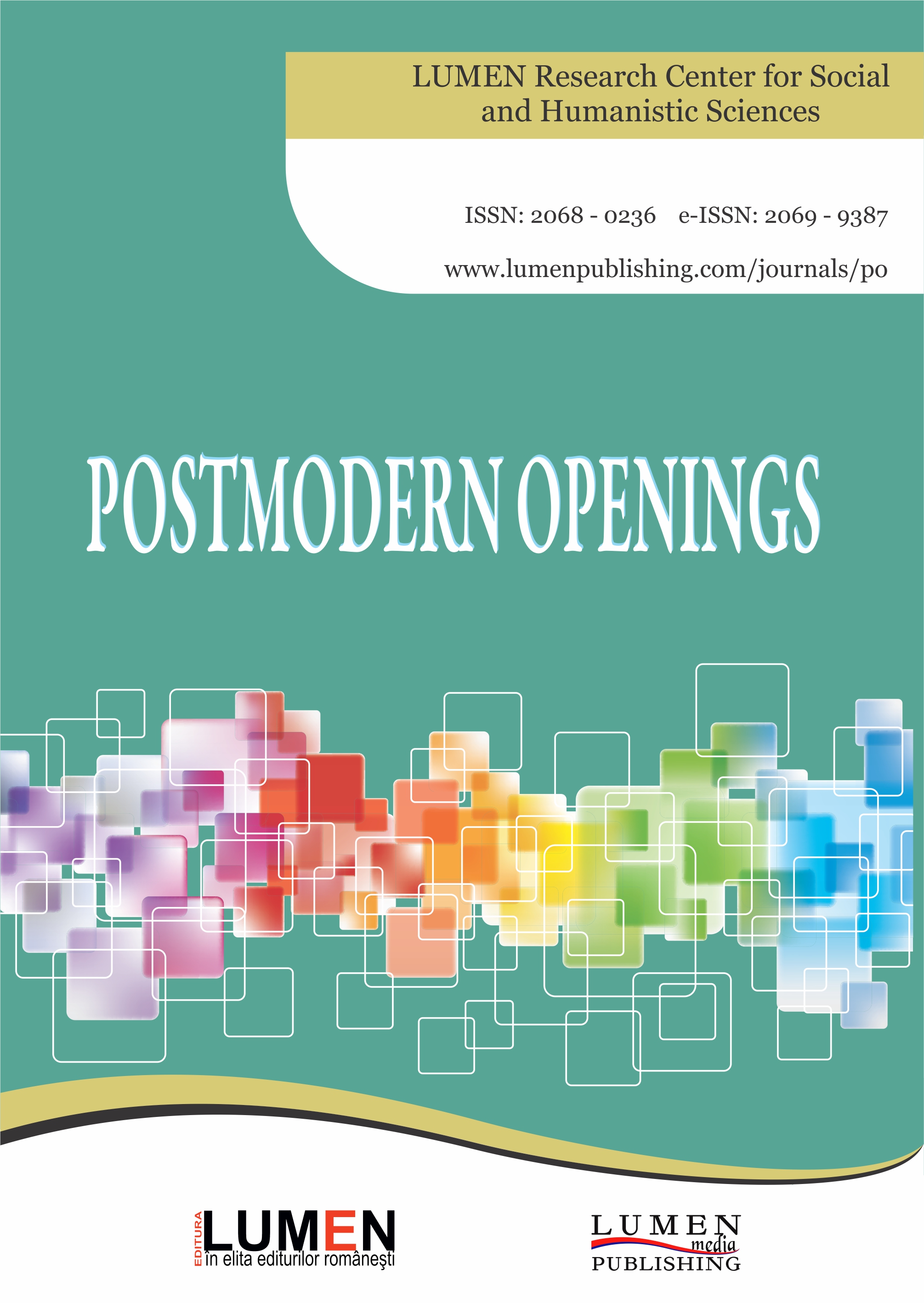The Problem of Self-Disclosure of Self-Harming Behaviour in Adolescence
The Problem of Self-Disclosure of Self-Harming Behaviour in Adolescence
Author(s): Slavka Demuthova, Ivana Václaviková, Lenka SeleckaSubject(s): Social Sciences, Cognitive Psychology
Published by: Editura Lumen, Asociatia Lumen
Keywords: self-harm; adolescence; self-disclosure; peers; age; gender;
Summary/Abstract: Self-disclosure is the key prerequisite for the provision of help and professional intervention in the case of mental difficulties. Self-harming behaviour is a problem in this area that has been a remarkably strong taboo, and as such, this form of behaviour is often hidden. The most at risk category in this context are adolescents who demonstrably receive the least psychological intervention and for whom self-harm is a high-risk behaviour (considering its prevalence, health risks, lethality and consequences for their future mental health). This study observes the prevalence of self-harming behaviour (45.3%) in a sample of 2,210 adolescents aged from 11 to 19, and subsequently observes the willingness of the subjects to self-disclose self-harming behaviour in a sample subset of 1,002 self-harming adolescents (mean age = 15.37; 68.6% female). 55.2% of self-harmers were willing to provide data on this topic; and only 51.5% of them stated that they had disclosed their self-harming behaviour to someone else, most frequently to their peer(s) (80.0%). Female subjects disclosed this information significantly more often than men (p = 0.000) and were significantly more willing (p = 0.025) to provide data about their behaviour in this area. There were no age specificities observed in the self-disclosure by self-harming adolescents. The analysis of the results suggests a need to provide the target group of adolescents with information regarding the help available to self-harming individuals as well as a need of further scientific observation of possible barriers, facilitators or interventional (e.g. personality-related) variables.
Journal: Postmodern Openings
- Issue Year: 11/2020
- Issue No: 4
- Page Range: 1-19
- Page Count: 19
- Language: English

